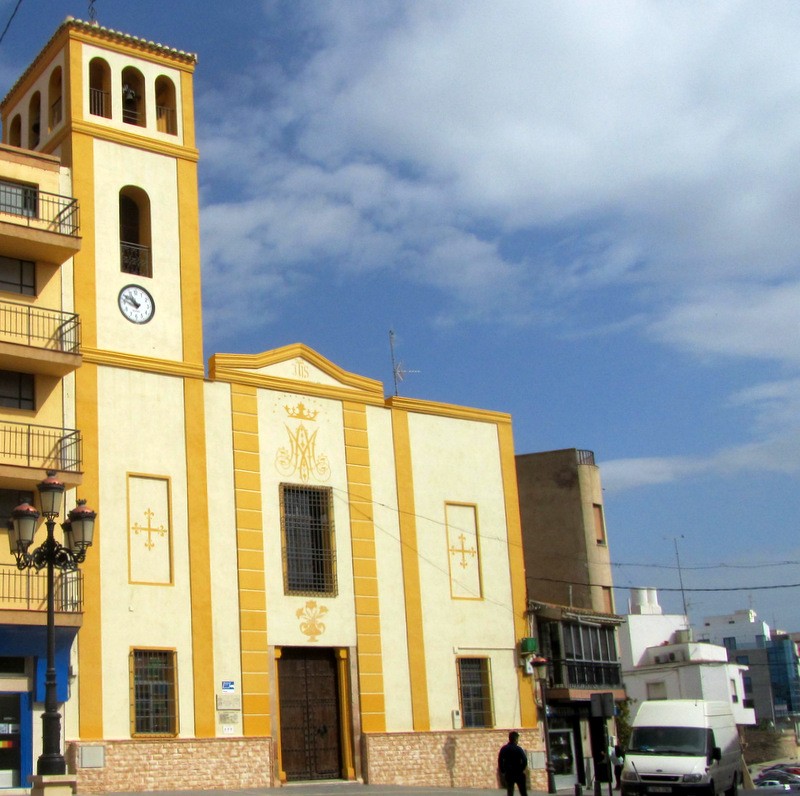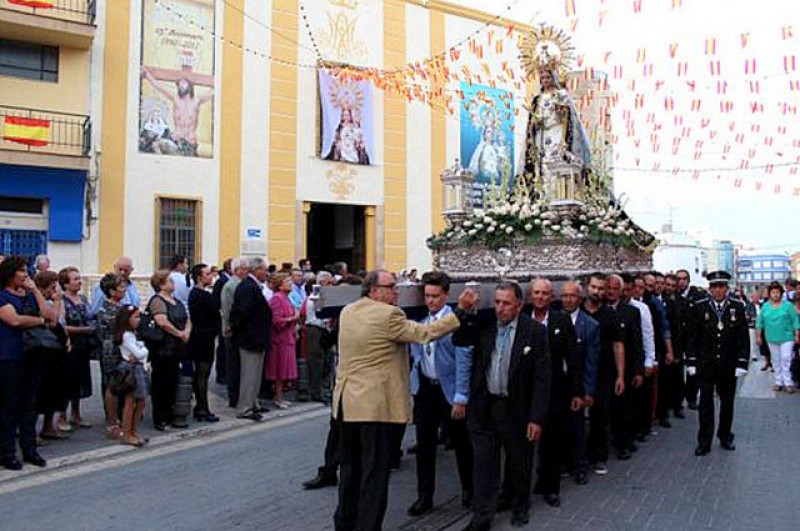

Guidelines for submitting articles to San Pedro del Pinatar Today
Hello, and thank you for choosing San Pedro del Pinatar.Today to publicise your organisation’s info or event.
San Pedro del Pinatar Today is a website set up by Murcia Today specifically for residents of the urbanisation in Southwest Murcia, providing news and information on what’s happening in the local area, which is the largest English-speaking expat area in the Region of Murcia.
When submitting text to be included on San Pedro del Pinatar Today, please abide by the following guidelines so we can upload your article as swiftly as possible:
Send an email to editor@spaintodayonline.com or contact@murciatoday.com
Attach the information in a Word Document or Google Doc
Include all relevant points, including:
Who is the organisation running the event?
Where is it happening?
When?
How much does it cost?
Is it necessary to book beforehand, or can people just show up on the day?
…but try not to exceed 300 words
Also attach a photo to illustrate your article, no more than 100kb

The church of Nuestra Señora del Rosario in Puerto Lumbreras
The 15th-century bell is the oldest part of the 18th-century parish church of Puerto Lumbreras
The parish church of Puerto Lumbreras is dedicated to Nuestra Señora del Rosario, and stands in on the  south-western side of the Rambla de Nogalte which runs through the town centre.
south-western side of the Rambla de Nogalte which runs through the town centre.
It was first built in the early 18th century after the right to a separate parish church was granted to the local population, which had previously been included as part of the congregation of San Patricio in Lorca, in 1724. At this point the population of the local farmland was on the rise, and by the end of the century the baroque altarpiece had been added behind the High Altar.
Construction was completed in 1820 with the dome, which is similar to that of the church in Zurgena, in the neighbouring province of Almería. However, numerous alterations have been made since, particularly the addition of the clock tower and the decoration of the side chapels, many of which were deprived of their works of religious art during the tumultuous years of the Spanish Civil War (1936-39). Similar reasons explain the fact that all of the gold and silver decoration dates from more recently than 1940.
The main nave is 31 metres in length and half as wide, and the dome is decorated with the images of the four  evangelists. The organ, of French origin, dates from the 19th century, and the sacristy, which was built in the 1850s, houses a “Santa Faz” holy relic (the veil of Veronica) and an image of the patron, Our Lady of the Rosary.
evangelists. The organ, of French origin, dates from the 19th century, and the sacristy, which was built in the 1850s, houses a “Santa Faz” holy relic (the veil of Veronica) and an image of the patron, Our Lady of the Rosary.
Curiously, the oldest item in the church is the bell at the top of the tower: it dates from the 15th century, and was previously used in the small place of worship which pre-dated the current parish church at the same location.
Works of religious art
The most important works of religious art in the church include the altarpiece, which was created between 1736 and 1742 and contains not only the image of Nuestra Señora del Rosario (by 20th-century sculptor José Lozano Roca) but also a 17th-century painting of the Ecce Homo and a 20th-century work depicting the infant  Jesus, San Juan, Santa Isabel and Zacarías.
Jesus, San Juan, Santa Isabel and Zacarías.
Other figures in the church and its chapels include those of the Cristo Yaciente, Cristo Crucificado, Cristo Resucitado, San Miguel Arcángel, San José, San Francisco, Nuestro Padre Jesús Nazareno and the Virgen de las Dolores, but most of these are relatively recent additions following the pillaging and destruction of the Civil War.
Visiting and Mass times
The church is not usually open to the public, but visitors are welcome before Mass, which is held between Tuesday and Saturday at 19.00 from October to March and at 20.00 from April to September. Sunday services are at 9.00 and 12.00.
Click for further information about the Puerto Lumbreras municipality
